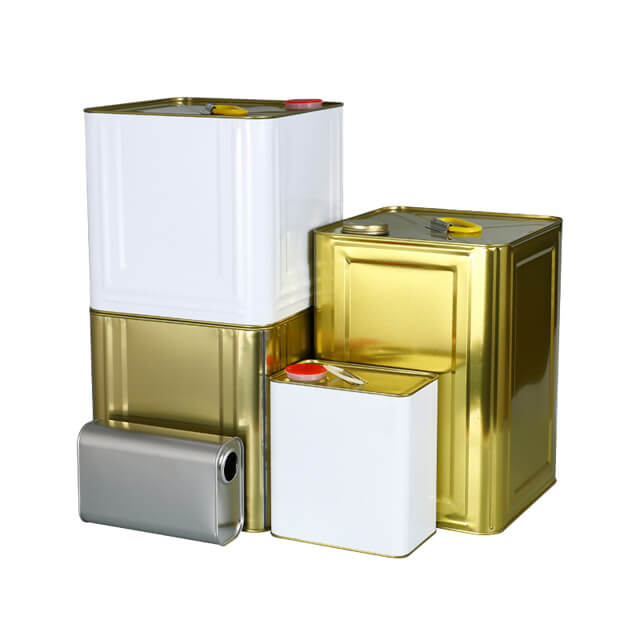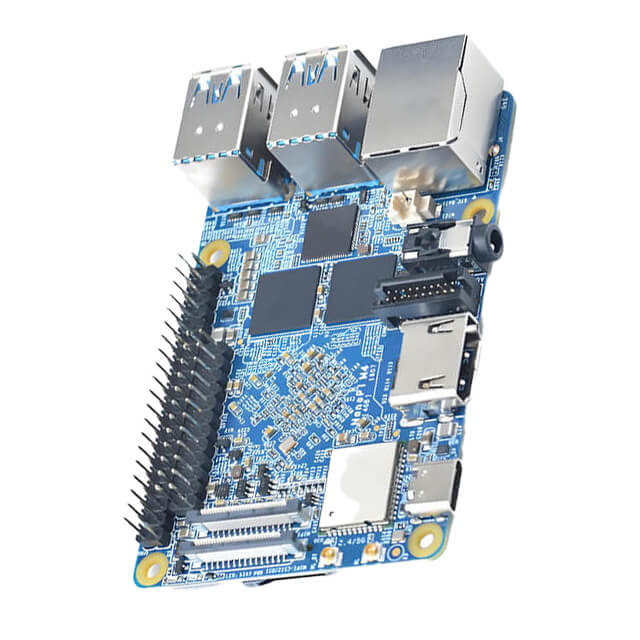Views: 1 创始人: Site Editor Publish Time: 2024-12-16 Origin: Site








In many industrial fields such as
electronics manufacturing, automobile maintenance, aerospace, etc., conformal
coatings and UV adhesives are two extremely important surface protective
coatings, each of which plays an irreplaceable role. Although both have
protection, bonding and other functions, there are great differences in
practical applications. This article will delve into the differences between
conformal coatings and UV adhesives.
As a veteran enterprise in the field of
adhesives for the electronics industry, Schnees enjoys a good reputation in the
industry with its self-developed conformal coating products and adhesive
technology solutions. Now, we will use our technical experience to elaborate on
the difference between conformal coating and UV adhesive for friends in the
electronics industry, so as to help you better understand and use conformal
coating and UV adhesive.
Conformal coating and UV adhesive Conformal
coating, also known as electrical anti-adhesive or conformal adhesive, is a
protective coating specially designed to protect electronic circuit boards and
components from environmental influences. It not only effectively resists
natural factors such as moisture, dust, mold, etc., but also extends the life
and reliability of the product. According to the chemical composition,
conformal coating can be divided into acrylic, silicone, polyurethane and other
types; According to the curing method, it can be divided into solvent
dissipation type, moisture curing type, heat curing type and UV moisture dual
curing type. Different types of conformal coatings have their own
characteristics in terms of performance and curing methods.
UV adhesives, also known as shadowless adhesives, photosensitive adhesives or UV curing adhesives, are adhesives that cure quickly when exposed to ultraviolet light. The curing time of UV adhesive is usually between a few seconds and tens of seconds, which greatly improves the production efficiency. UV adhesives have high strength and toughness after curing, and can withstand large tensile and shear forces on a variety of materials, so as to achieve reliable bonding. In addition, the UV adhesive solution is colorless and transparent, and the transparency is extremely high after curing, which will not affect the appearance of the object to be bonded.


The specific difference between conformalcoating and UV adhesive
Different
curing methods In terms of curing methods, conformal coatings are diverse,
while UV adhesives rely solely on ultraviolet irradiation; In terms of
functional characteristics, conformal coating focuses on protecting against the
impact of various environmental factors on circuit boards, while UV adhesive
provides high transparency and other characteristics for packaging and bonding;
The curing methods of conformal coating include solvent escape, moisture
curing, heat curing and UV moisture dual curing. Different types of conformal
coatings differ in curing speed and curing conditions. For example,
solvent-dissipating conformal coatings have a long curing time and may release
harmful volatile organic compounds (VOCs) during the curing process; Among them,
UV moisture dual-curing conformal coating can form a strong and uniform
protective film in a short time through ultraviolet irradiation curing and
moisture curing.
And UV adhesive, as the name suggests,
relies on ultraviolet irradiation for its curing method. Under UV irradiation,
the photosensitizer in the UV adhesive is combined with the monomer, resulting
in a rapid cure. The curing time of UV adhesive is usually very short, and the
curing process can be completed in a few seconds to tens of seconds, which
makes UV adhesive have obvious advantages in automated production lines.
2. Different action
characteristics The conformal coating will form a tight protective film after
curing, which has excellent insulation, moisture-proof, anti-leakage,
shock-proof, dust-proof, anti-corrosion, anti-aging, corona resistance and
other properties. It provides stable protection for circuit boards and
electronic components, ensuring that electronic devices can function and
perform in harsh environments.
The cured UV adhesive mainly provides high
transparency, high strength, high weather resistance and excellent electrical
properties, providing stable and safe packaging and bonding for electronic and
other devices. At the same time, it does not leave obvious adhesive marks or
residues after curing, which can maintain the aesthetics of the object to be
bonded. In addition, the fast curing characteristics of UV adhesives can also
optimize automated production lines and improve labor productivity.
3. Different application scenarios
Conformal coating is widely used in electronic appliances, radio
communications, aerospace and other fields. It is mainly used to protect the
electronic components and circuits on the PCBA from moisture, corrosion, dust,
mold, etc. from causing damage to the circuit. In harsh environments such as
chemicals, vibration, high dust, salt spray, humidity and high temperatures,
conformal coating can protect printed circuit boards from corrosion,
deformation, mildew and other problems, and improve the reliability of
circuits. In terms of application scenarios, conformal coating is mainly used
to protect circuits, and UV adhesive is more used for fixing, bonding and
encapsulating objects; In terms of construction and maintenance, the conformal
coating construction method is flexible and the protective film can be
repaired, and the UV adhesive application needs to be precisely controlled but
difficult to remove after curing.
UV adhesive is mainly used for fixing,
gluing and encapsulating objects. In the field of electronics, it is often used
to fix electronic components, such as the packaging of LED lamp beads, the
bonding of mobile phone screens, etc.; In the field of optics, it is used for
bonding and sealing optical components such as lenses and optical fibers. For
example, it can be used to fix IC chips, package LEDs, etc.; In the field of
automobile manufacturing, it is used for sealing lamps and fixing interior trim
parts.
4. Construction and
maintenance The construction method of conformal coating is flexible and
changeable, mainly including spraying, brushing, dipping, etc. A variety of
methods such as spraying, brushing, dipping, and brushing can be selected
according to specific needs. Spraying is suitable for quick coverage of large
areas, brushing and brushing for details or where precise thickness control is
required, and dipping for small or complex shapes of electronic components.
In terms of maintenance, the protective
film formed after the curing of the conformal coating usually has a certain
degree of repairability. If changes or repairs are required, they can be
removed using specific solvents or mechanical methods (e.g., scraping, sanding)
and then reapplied. In addition, regular inspection and recoating are also
important measures to maintain the protective effect of conformal coatings.
The construction method of UV glue is
relatively fixed, mainly relying on dispensing, dispensing, spraying or
injection and other methods to accurately control the amount of glue. Due to
the fast curing speed of UV adhesives, the amount and position of the adhesive
need to be precisely controlled during application to avoid waste and
unnecessary bonding. Dispensing and dispensing are suitable for bonding small
or precise locations, and dispensing is suitable for large areas or where fast
curing is required.
Once cured, UV adhesives have very high
bond strength and are often difficult to remove by conventional methods (e.g.,
solvents, sanding). Therefore, UV adhesive is relatively difficult to maintain,
and once the bonding is wrong or needs to be changed, it often needs to be
removed by physical methods (such as cutting, prying), which may cause damage
to the bonded object. Therefore, when using UV adhesive, special attention
needs to be paid to the selection of construction accuracy and bonding position
to avoid unnecessary maintenance difficulties.
To sum up, conformal coating and UV
adhesive show obvious differences and respective advantages in terms of
definition, characteristics, curing mechanism, application scenarios,
construction and maintenance. In the development process of the future manufacturing
industry, with the continuous improvement of product quality, production
efficiency and environmental protection requirements, these two materials will
continue to play an important role, and continue to innovate and optimize to
meet more diverse market demand. Whether it's conformal coatings that pursue
long-term protection and flexible application, or UV adhesives that focus on
fast curing and high strength, they are indispensable and important elements in
modern manufacturing.
By elaborating on the differences between
conformal coatings and UV adhesives, including curing methods, action
characteristics, application scenarios, and construction and maintenance, we
can clearly see the characteristics and advantages of each. These differences
show that both have irreplaceable value under different industrial needs, and
they will continue to play a key role in the continuous development of the
manufacturing industry and continue to improve to meet diverse needs.
 苏公网安备32058302004438
苏公网安备32058302004438